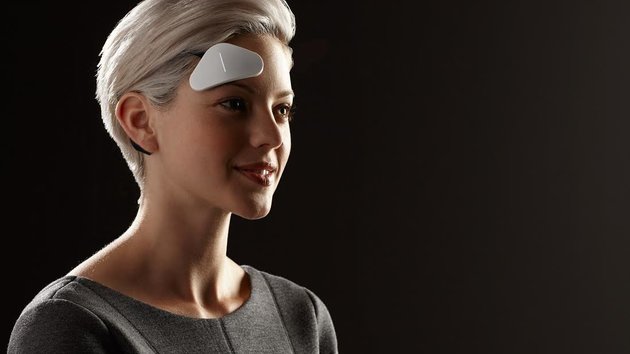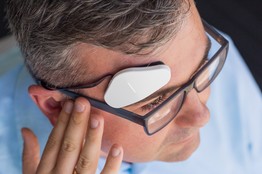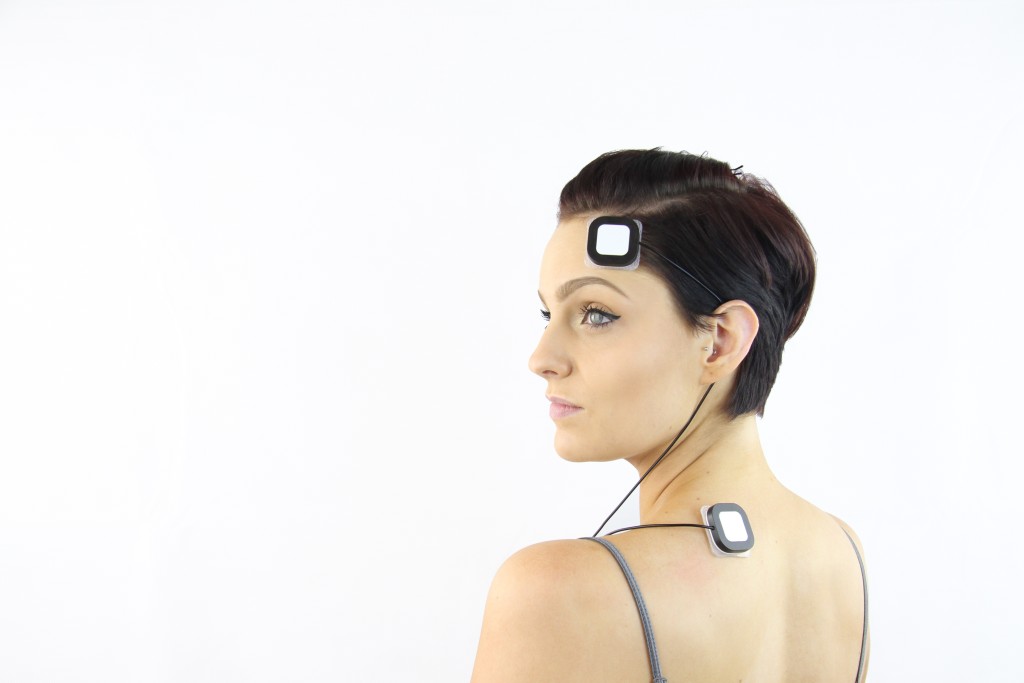Revisiting this post from a few months ago because as I slowly wade through these state-of-the-art brain stimulation presentations from the leading scientists in the field, I’m discovering a lot of new information that is not generally known or being discussed. For example, in this talk ‘BrainSTIM2015 – Physiology and functional effects of tDCS and related techniques’, Michael Nitsche explores why 1mA may be a better dosage choice and also how a second session of tDCS 30 minutes after the first may lead to increased plasticity effects.
Vince Clark has just published video presentations from the recent BrainSTIM conference.
This is a real treasure trove of state-of-the-art tDCS and brain stimulation information.
Presenters: Vince Clark, Giulio Ruffini, Marom Bikson, Peter Bandettini, Michael Nitsche, Katie Witkiewitz, Peter Fox, Luke Torre-Healy, Erika Ross, Mayank Jog, Abbas Babajani-Feremi, Alexander Opitz, Mark Lowe, Hiroyuki Oya, Felipe Salinas, Shalini Narayana, Branislava Curcic-Blake, Franca Tecchio, Yuranny Cabral-Calderin.
https://www.youtube.com/channel/UCJXWh-KAWQdAYXZAMeH4SCg






